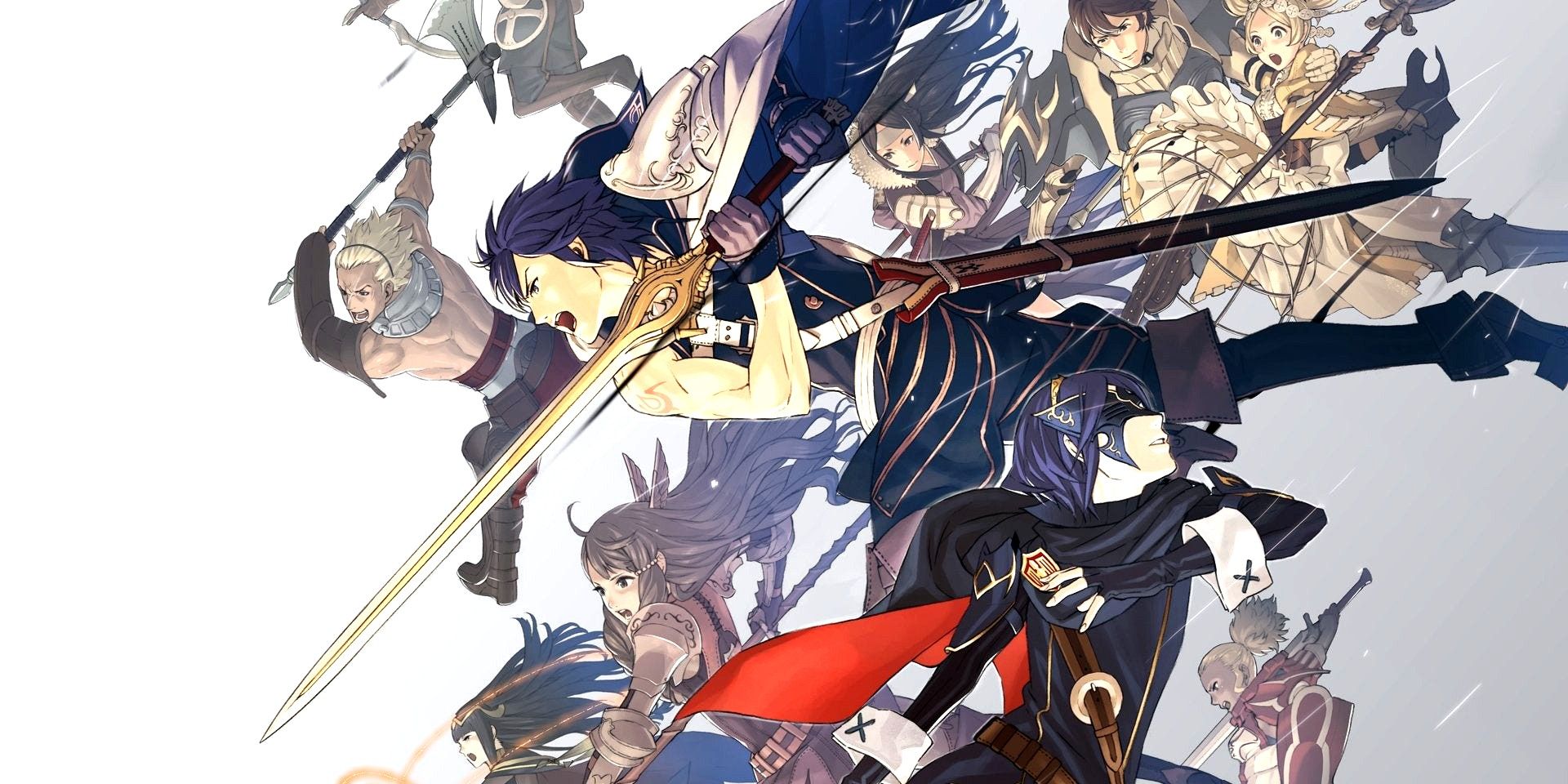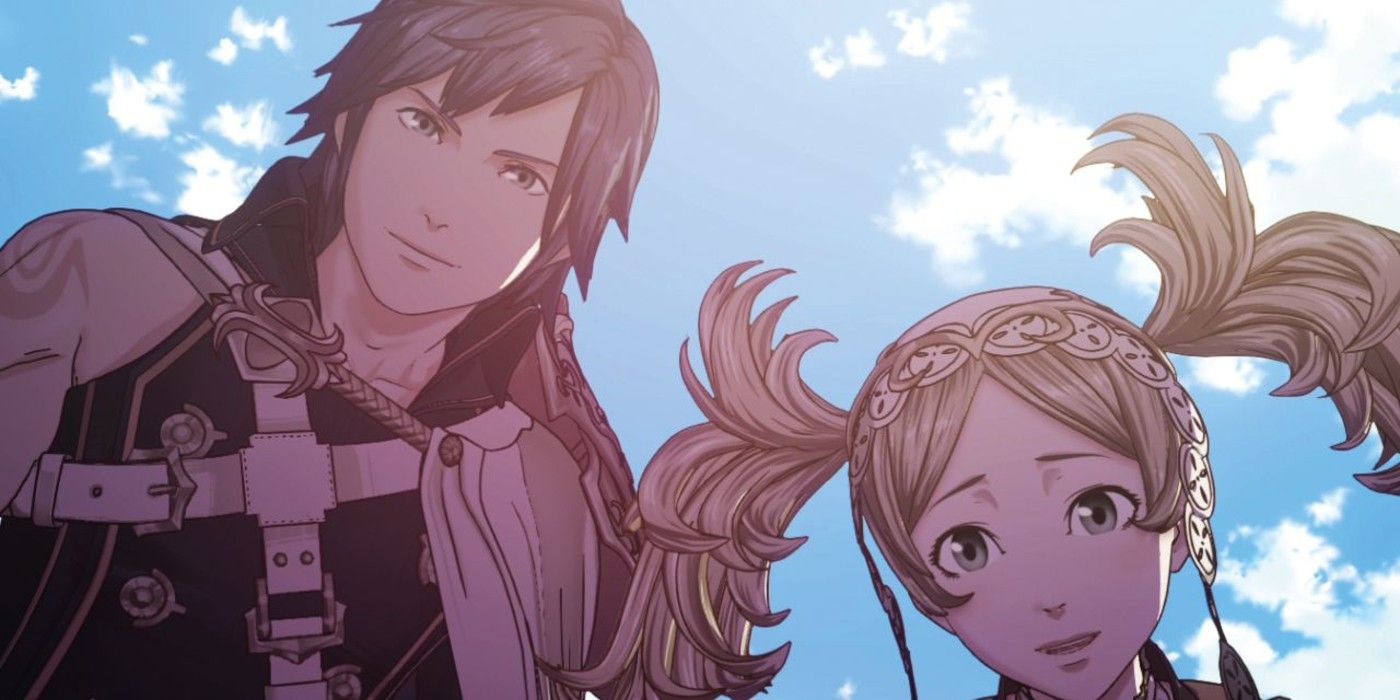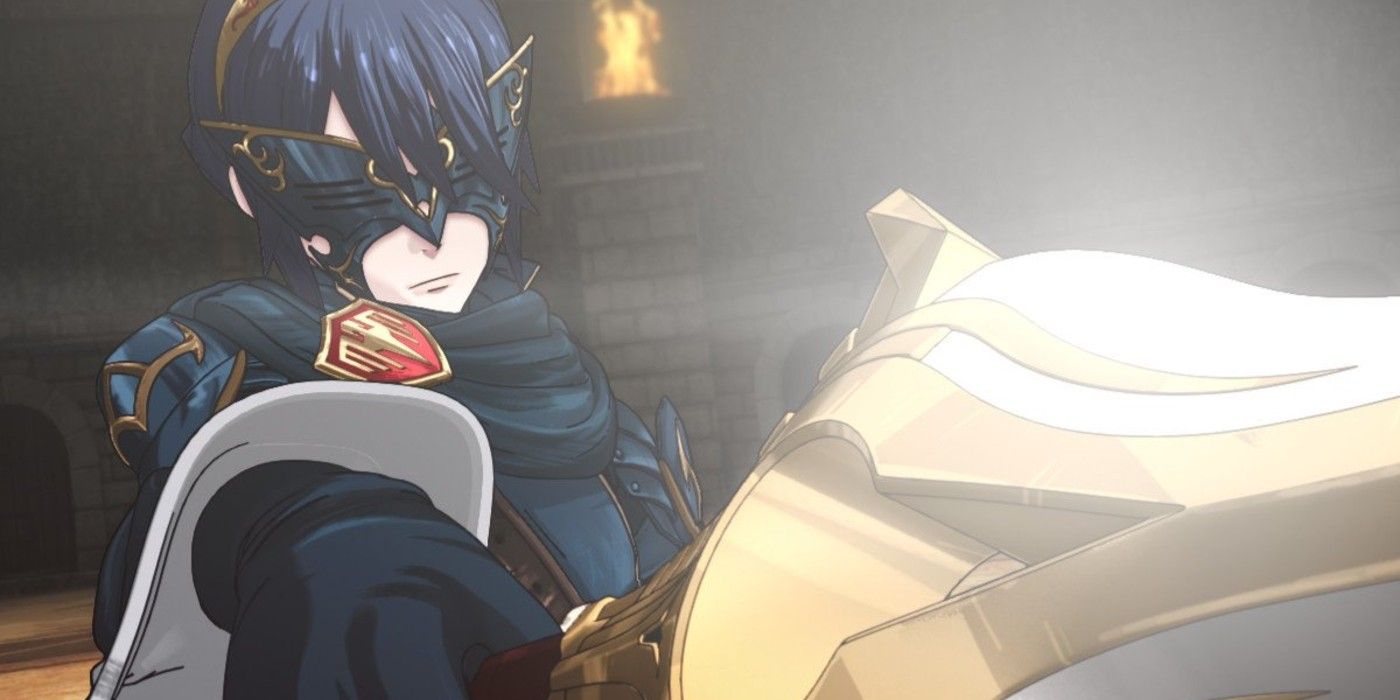In recent years Fire Emblem has become one of Nintendo's leading franchises, between the hugely successful Fire Emblem Heroes and the critically-acclaimed Fire Emblem: Three Houses. It's a far cry from where the series was over a decade ago, as a niche strategy-RPG franchise.
When Marth and Roy were introduced in Super Smash Bros. Melee, most fans in the West had no idea who they were. Now Smash Bros. features a whopping eight characters, more than most series represented. There's one game, in particular, that's responsible for Fire Emblem's rise in popularity, Fire Emblem Awakening.
Awakening is responsible for much more than making the series popular, however, as Fire Emblem simply wouldn't exist today without it. Here's how Fire Emblem Awakening saved the franchise.
Intelligent Systems Approached Awakening As Its Last Fire Emblem Game
A 2015 Iwata Asks interview released by Nintendo states it plainly, Awakening was supposed to be the last Fire Emblem game. Sales of Fire Emblem games in Japan had been on the decline, and the franchise had simply never caught on in the West outside of a niche following. With that in mind, Intelligent Systems went into development thinking Awakening would be the last game of its defining franchise. This was the last shot for the developer to put everything in Awakening, and this meant bringing back elements from games like Genealogy of the Holy War, while also implementing brand new features.
Clearly, no one expected Awakening to be the runaway success that it was, selling over two million copies and becoming one of the biggest critical darlings of the 3DS. Years later Awakening is considered one of the very best games on the 3DS, and for good reason. The title nearly perfected the core mechanics of Fire Emblem, even while updating the experience for a modern audience, and making it more accessible than ever.
Awakening Redefined Fire Emblem For a Modern Audience
What ultimately saved Fire Emblem was accessibility, allowing more players to test the series, and even the strategy genre, without the punishment of brutal difficulty. This was especially important since Radiant Dawn was the previous game released in the West, renowned for its high difficulty. Interestingly, a translation flub contributed to Radiant Dawn's difficulty, since the English versions changed the Normal difficulty to Easy, Hard to Normal, and Maniac to Hard. Because of this, anyone that went into Radiant Dawn without knowledge of the series would actually be playing the Hard difficulty when selecting Normal.
Awakening toned down its normal difficulty and introduced Casual Mode, which erased permanent unit deaths, thereby making the experience as a whole much more approachable. The game still had a selection of higher difficulty modes for longtime fans, but making Awakening more accessible went a long way, and it's something the franchise has focused on ever since, even with the latest release Fire Emblem: Three Houses. Past all the difficulty options, Awakening's core gameplay doubled-down on everything the series had done yet.
The world map was reintroduced, giving Awakening a larger sense of scale, and combat animations gave players options to change the camera for a higher "action" feel. The biggest innovation, though, came with the new pairing system and a way to revolutionize storytelling in Fire Emblem. Awakening featured more story than ever before, not in the main narrative necessarily, but through support conversations that added fantastic characterization to the game's cast. Support conversation existed before but they were a bit hard to uncover, as it required particular units to fight next to each other regularly. In Awakening, these conversations were much more fleshed out, and the pairing system, which let players combine two units into one, made it easier than ever to unlock them. Every character had a wealth of relationships they could build with other characters, and doing so provided both story moments and bonuses in combat. Support conversations added so much rich personality to the game's characters, making them feel like vital parts of the narrative, rather than just one unit in an army. Past games would give a bit of backstory on a unit when they're first recruited, but past that they by-and-large became just another face in player's armies. Awakening's systems let players learn more about character throughout the entire experience, and become attached to them in a way that Fire Emblem simply didn't have before. Focusing on characters is the best thing Awakening could have done, and again this is something that Fire Emblem has stuck to ever since. Fire Emblem Fates, Echoes, and Three Houses all focus on fleshing out its characters first-and-foremost, before the main narrative kicks into high gear.
Intelligent Systems wanted to go out with a bang, but in trying to do so the studio managed to make the definitive Fire Emblem experience. It was the step that finally appealed to Western audiences, and the widespread sales of the 3DS certainly helped that appeal. Every Fire Emblem experience since has been based on the core ideals that Awakening set up, and it's already gone down as one of the greatest tactical-RPGs ever made.



